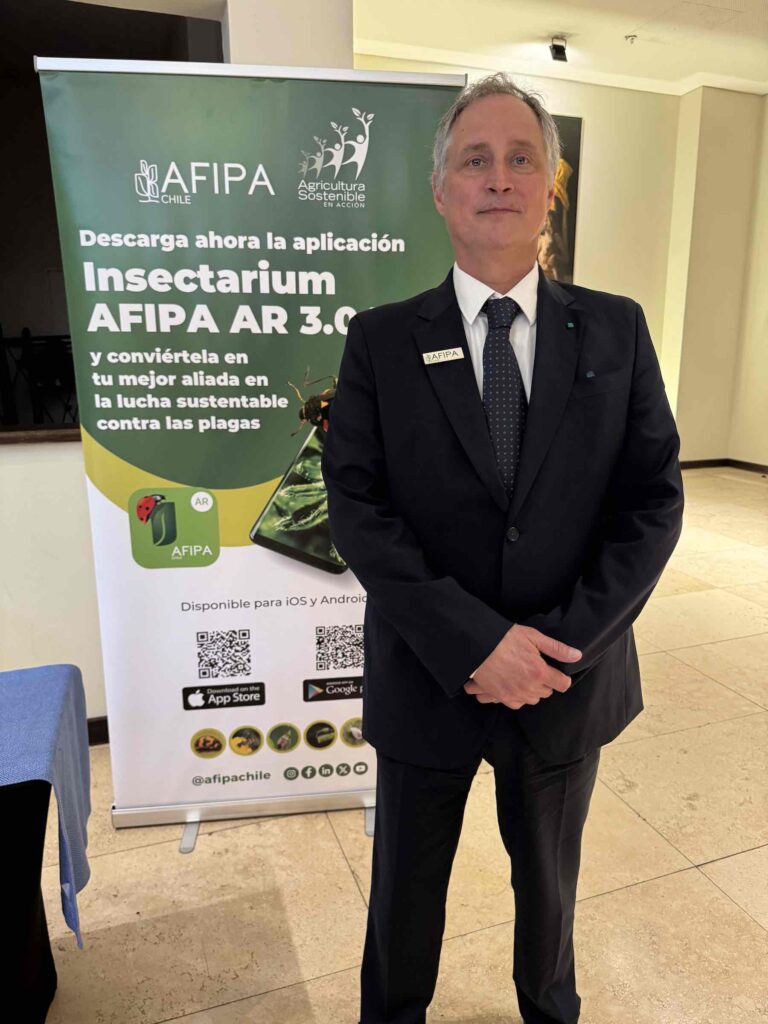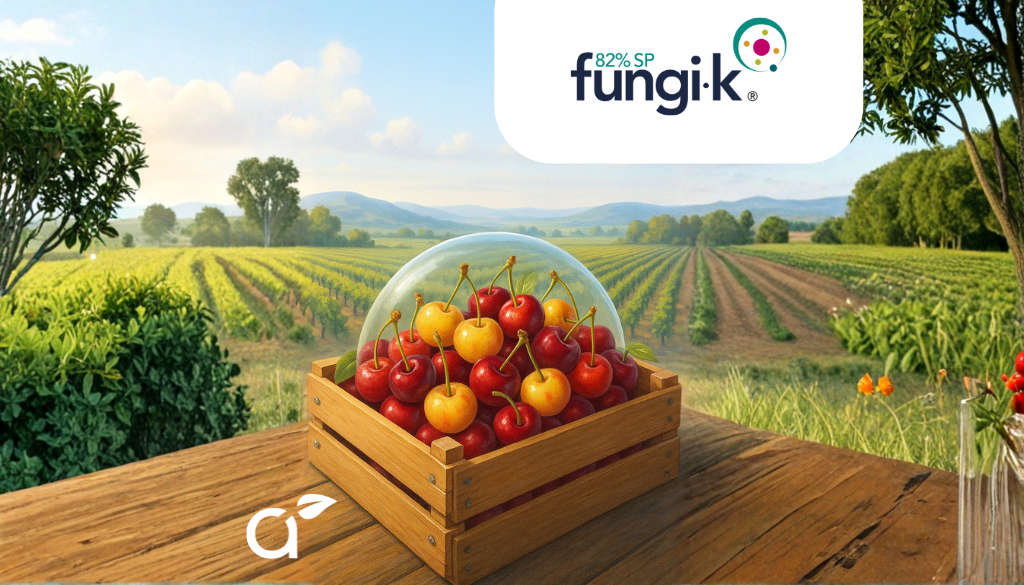Irrigation is a key and strategic factor for agricultural production. The challenge we face today as an industry is to achieve optimal supply, according to the characteristics and conditions of each crop, and to be efficient in terms of the use of water resources.
According to a report by the IPCC (Intergovernmental Panel on Climate Change), published in 2021, Latin America and the Caribbean is one of the regions of the world most affected by climate-related disasters and lack of water, with droughts and floods that have doubled since the 1980s, where reported disasters have almost doubled.

Understanding this need, there are at least three key factors that must be considered to carry out agronomically optimal and effective irrigation in the rational use of water:
- Determination of the maximum volume of water that can be used by the plant. This means achieving the correct balance between the humidity and aeration required by the roots. To do this, the following must be considered: • Size of the root bulb or “zone of interest” (width and depth). • Soil textures present in the profile (water retention potential in each stratum). • Elements within the profile that reduce water requirements (stones and roots).
- Determination of the amount of water available in the soil. Historically, soil moisture measurement has been carried out mainly qualitatively, by means of touch in test pits. However, today it can be determined quantitatively by using moisture probe readings that report the volumetric water content in the soil. In order to correctly quantify the volume of water in the soil (and therefore also to determine the required replacement volume), the precise and representative location of the probes within the profile is required, considering, in addition to the soil parameters, all those corresponding to the crop and the irrigation system.
- Water supply capacity of irrigation equipment or “precipitation”. It is determined by the original design of the irrigation equipment or from the nominal flow of the emitters and the total number of these in the hectare. At this point, it is important to highlight the need to ensure that the nominal precipitation of the equipment corresponds to the real precipitation, that is, confirm with pressure and flow measurements.
Developing an irrigation strategyeither
Once the information indicated above is available (maximum volume of water usable by the plant, volume of water available in the profile and precipitation of the irrigation equipment), it is possible to define the strategy of irrigation optimal and efficient. For this, it is necessary to consider three key concepts:
1. Replacement criteria: maximum permitted consumption of usable water for a given moment or stage of the crop. The replacement criterion depends on the phenological state of the plant (budding, fruiting, fruit filling, etc.) and must consider, for each of them, the appropriate hydration/oxygenation regime that ensures the required supply, defining with special care the critical moments within the phenology that allow ensuring maximum productivity and root development.
2. Irrigation time: irrigation time (hours) required, based on the equipment's rainfall, to replace the volume of water consumed. This replacement can be carried out continuously ("long" irrigation) or in partitions (pulses or "short" irrigation), according to specific conditions, such as the need to expand the bulb horizontally, facilitate infiltration or prevent runoff, among others.
3. Irrigation frequency: moment at which it is necessary to replenish water consumption in the profile that is determined by the consumption rate, the replenishment criteria and/or capacities or restrictions of the irrigation equipment.
Normally, the determination of the frequency has been defined based on the theoretical consumption, projected based on climatic variables summarized in the ETc, and on the theoretical level of development/activity of the crop (Kc), which determine the ET0. In the Irrigation Management and Planning Module of AG Business, we have incorporated, exceptionally, the determination of the irrigation frequency, based on the actual water consumption in the profile. In this way, we ensure that the required volumes are correctly and accurately determined for each crop condition, area or sector of the orchard, from which the humidity measurement data comes.








